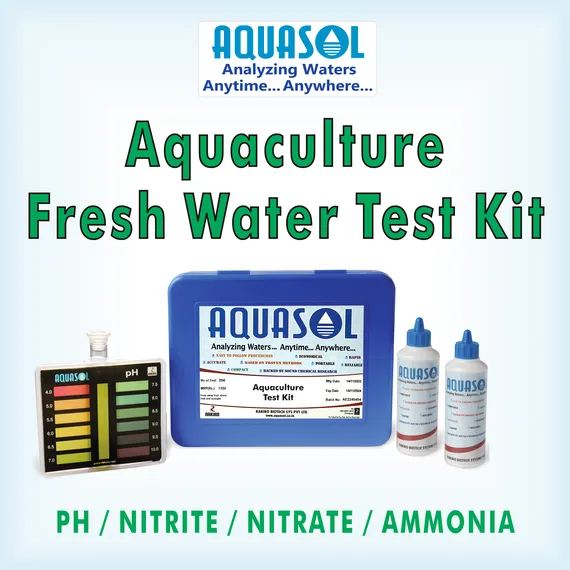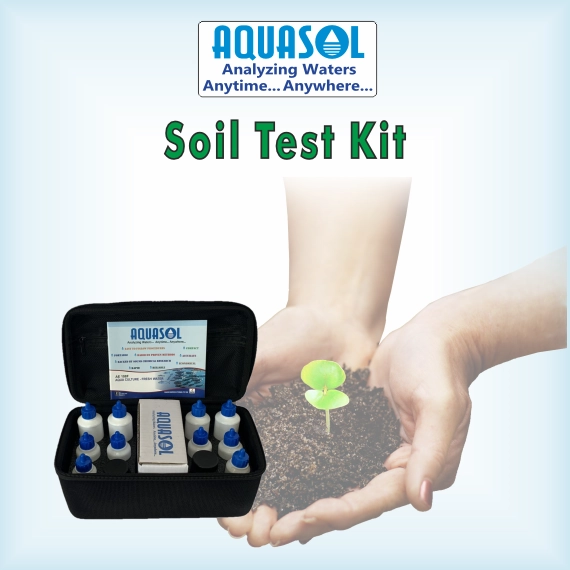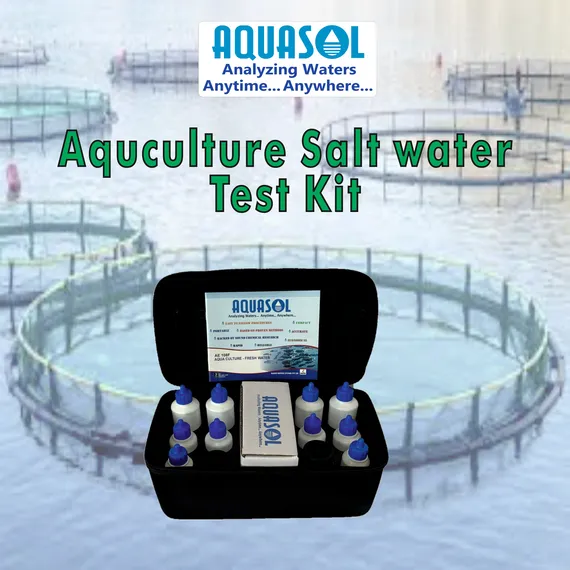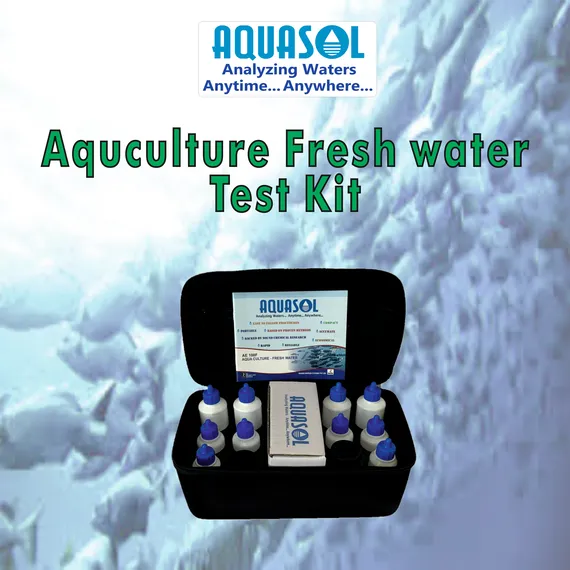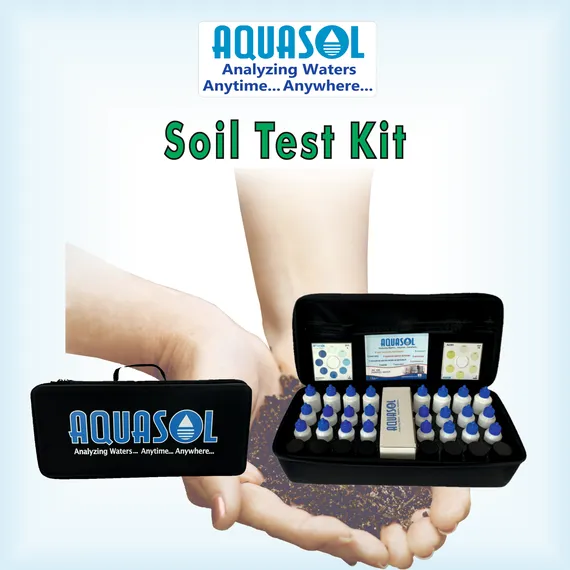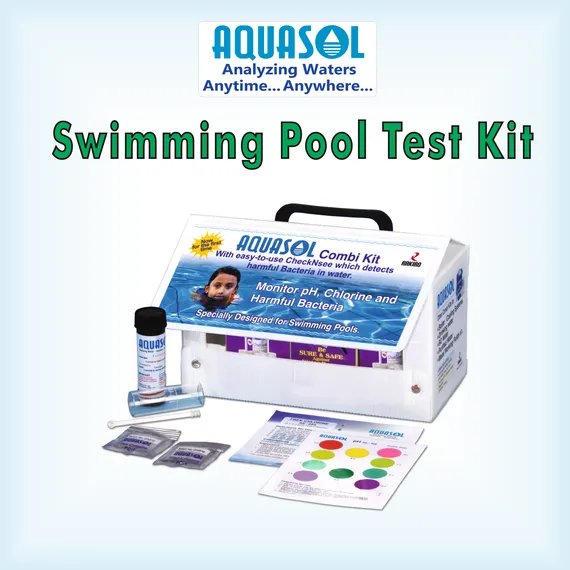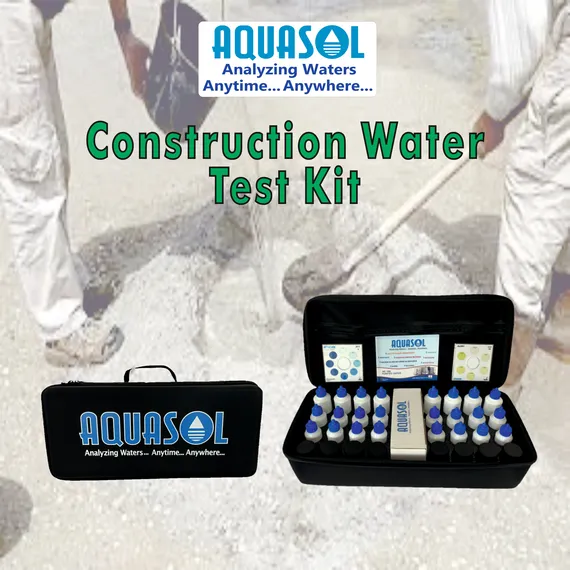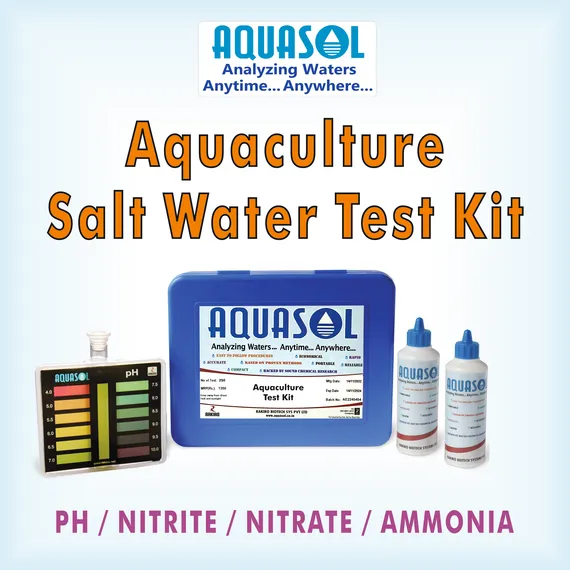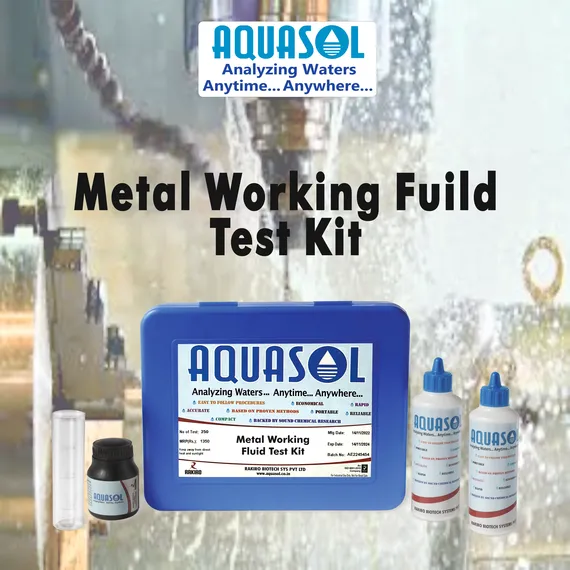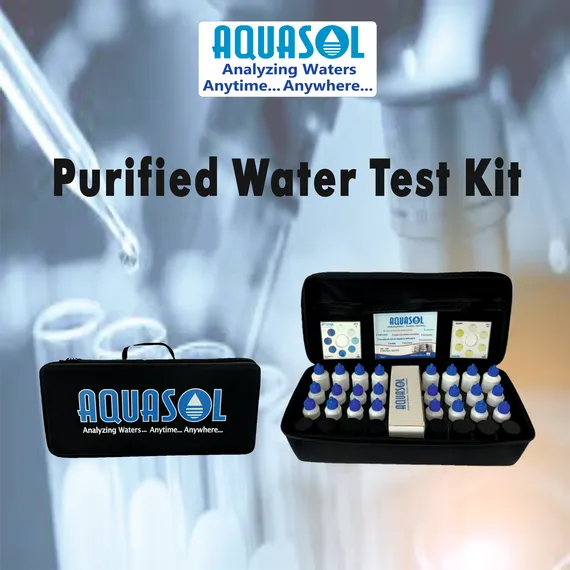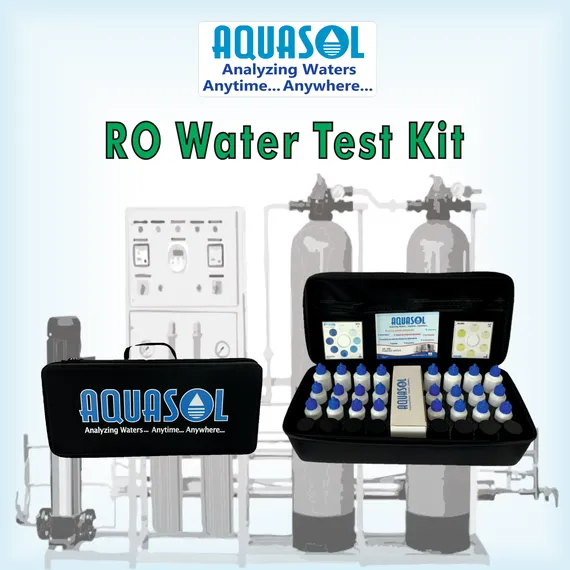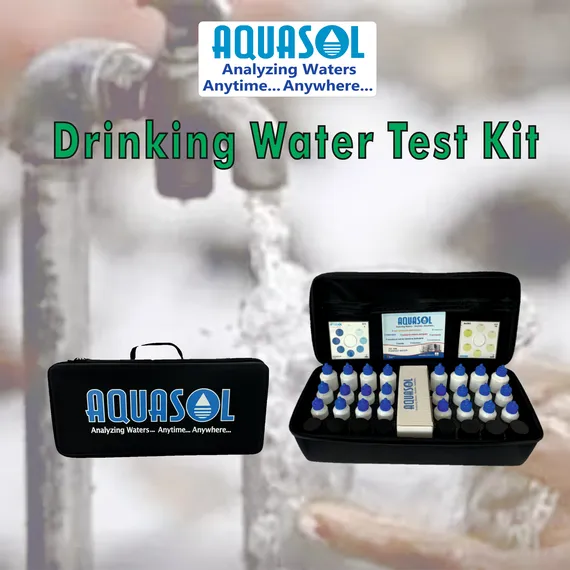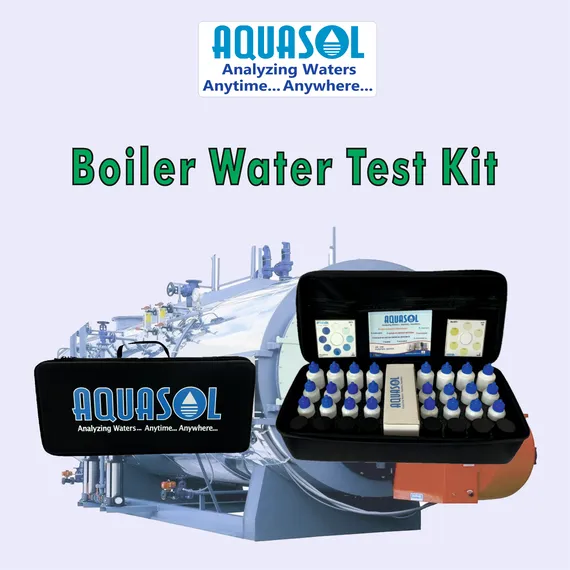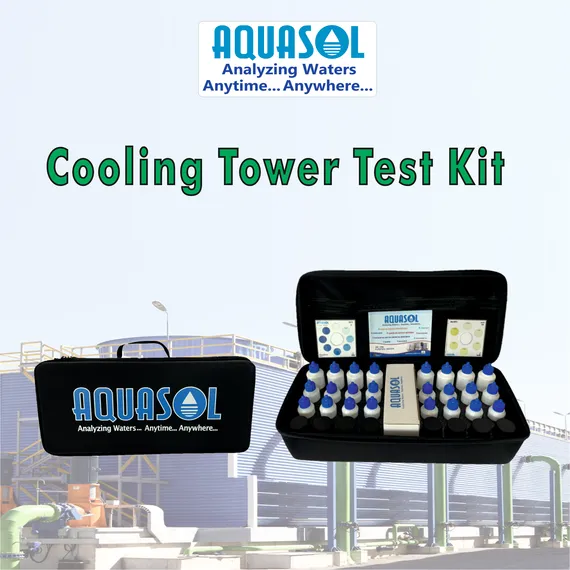Aquaculture Fresh Water Test Kit
NOS + (Tax and Shipping)
Description
Fish farming of aquatic organisms is a growing and increase in demand for fish and fish products is creating challages in aquaculture systems. The growth in the farming of aquatic organisms has particularly led to an increase in the number of Fresh Water Aquaculture. The quality fishes are all significantly impacted by water quality parameters and which must be closely monitored and controlled for the best result. To help easy the process our multiparameter AE108F - AQUACULTURE FRESH WATER TEST KIT give quick and reliable results. Following Parameters can be easly analysed using our test kit. Ammonia Ammonia is one of the many forms of Nitrogen existing in environment. While other Nitrogen forms (other than Ammonia) can affect aquatic life indirectly Ammonia is directly toxic to aquatic life. Ammonia enters the aquatic surrounding through municipal effluent discharge thru nitrogen waste from mammals or also thru natural means like nitrogen fixation or agriculture runoff water. High levels of Ammonia lead to a toxic buildup in internal tissue and blood in marine species leading to potential death. pH and temperature can affect the Ammonia toxicity to aquatic life. Nitrite Nitrites are salts of nitrous acid which occur naturally or artificially in ground water. They are released in water from Fertilizer runoff water sewage and mineral deposits.High levels of Nitrite are toxic to mammals and other lower forms like marine species. They disturb the oxygen delivering ability ofhemoglobin in the bloodstream. Also large blooms of Algae can grow due to high Nitrite level leading to hypoxia. Hypoxia dead zones created are deadly to almost all marine species. Therefore regularly monitoring of Nitrite levels is very essential and needs to be done judiciously in both marine and fresh water. pH pH is the measure of the hydrogen ion concentration in water. It denotes if the water is acidic (<7) or alkaline (>7). When pH is 7 it is said to be neutral. Natural water range between pH 5.0 and pH 10.0 while sea water is near pH 8.3. Monitoring of pH becomes an important exercise for the growth and well being of fresh water species this is especially true for a closed water body viz. breeding pond pans or aquariums. Fresh water species thrive over a large pH range viz.6.0 9.5.The growth retards below 6.0 and below 4.0 most species are killed. Nitrate Nitrates are found in nature and many of our food material. Generally the level of Nitrates is quite low in ground water. In aquatic environments Nitrates may seep in thru fertilizer runoff from cultivated lands municipal industrial and also private sewage disposal systems and waste water refuse dumps and decaying plant debris. High Nitrate levels in Drinking water pose a great health risk to Infants causing Methemoglobinemia Blue Baby Syndrome The presence of Nitrates in the Aquatic environment does not pose such a problem as Ammonia or Nitrites. Nitrate concentrations of 50 ppm or so are quite safe for fish. But if the levels reach 80 ppm then the problem begins as this high concentration can be toxic. Another problem with Nitrates is that Algal blooms happen and these are highly detrimental to the aquatic species. Bacterial and Fungai infections prevail in these conditions and cause the Fish to lose immunity along with their capacity to reproduce thus retarding growth.
Features
- Onsite Field Test Kit
- Easy To Follow Procedures
- Based on International Standards (APHA/AWWA/IS)
- Rapid and Accurate and Reliable results
- Available in portable carry case
- Tested and Validated by leading Laboratory
- Economical and long shelf life.
Specification
| Parameters | Product Range | |
| pH | 6.0 - 7.6 7.4 - 9.0 | |
| Ammonia | 0.25 - 8.0 PPM (MG/L) | |
| Nitrate | 5 - 160 PPM (MG/L) | |
| Nitrite | 0.25 - 5.0 PPM (MG/L) | |
Downloads
Reviews(3)
Outstanding performance
Modern design
Affordable excellence
Add a review
Your email address will not be published. Required fields are marked

